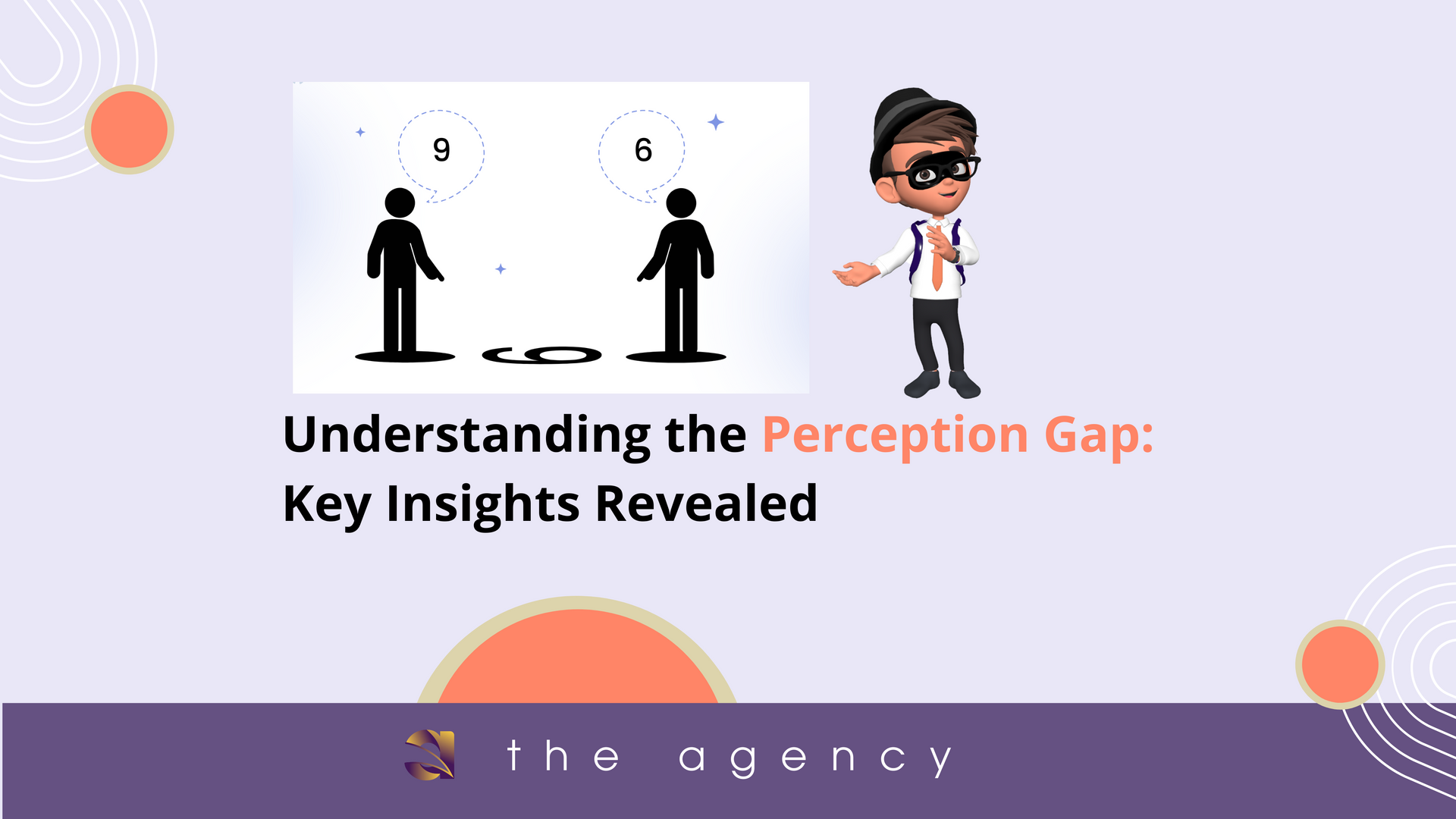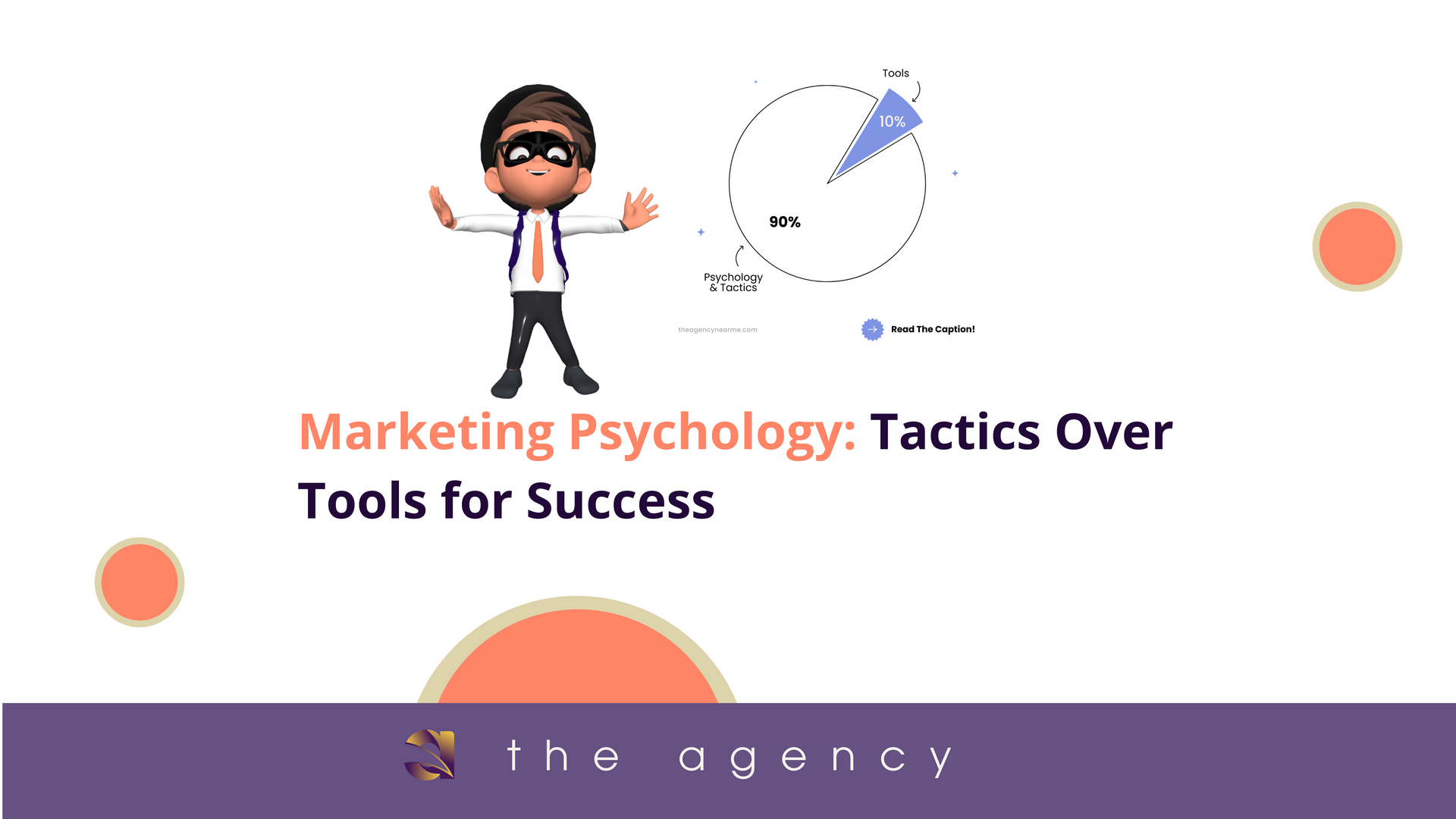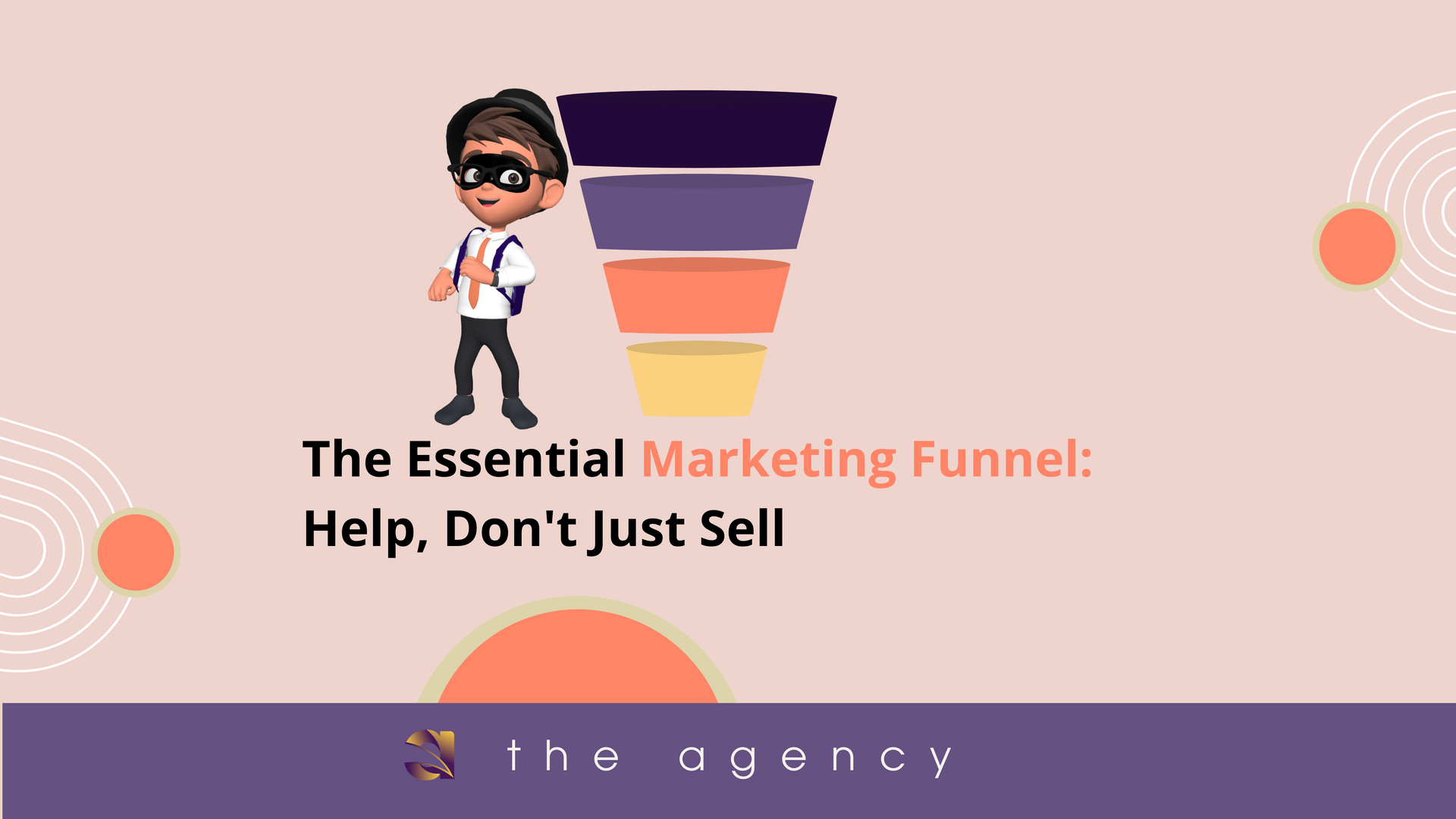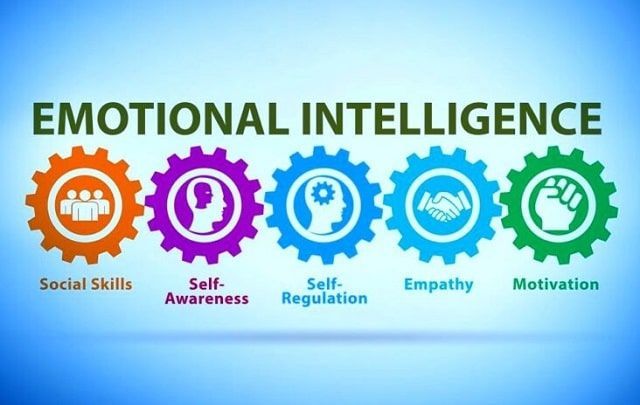Branding: Unpacking the Depths Beyond the Surface
Beyond the Surface: Unpacking the Branding Iceberg
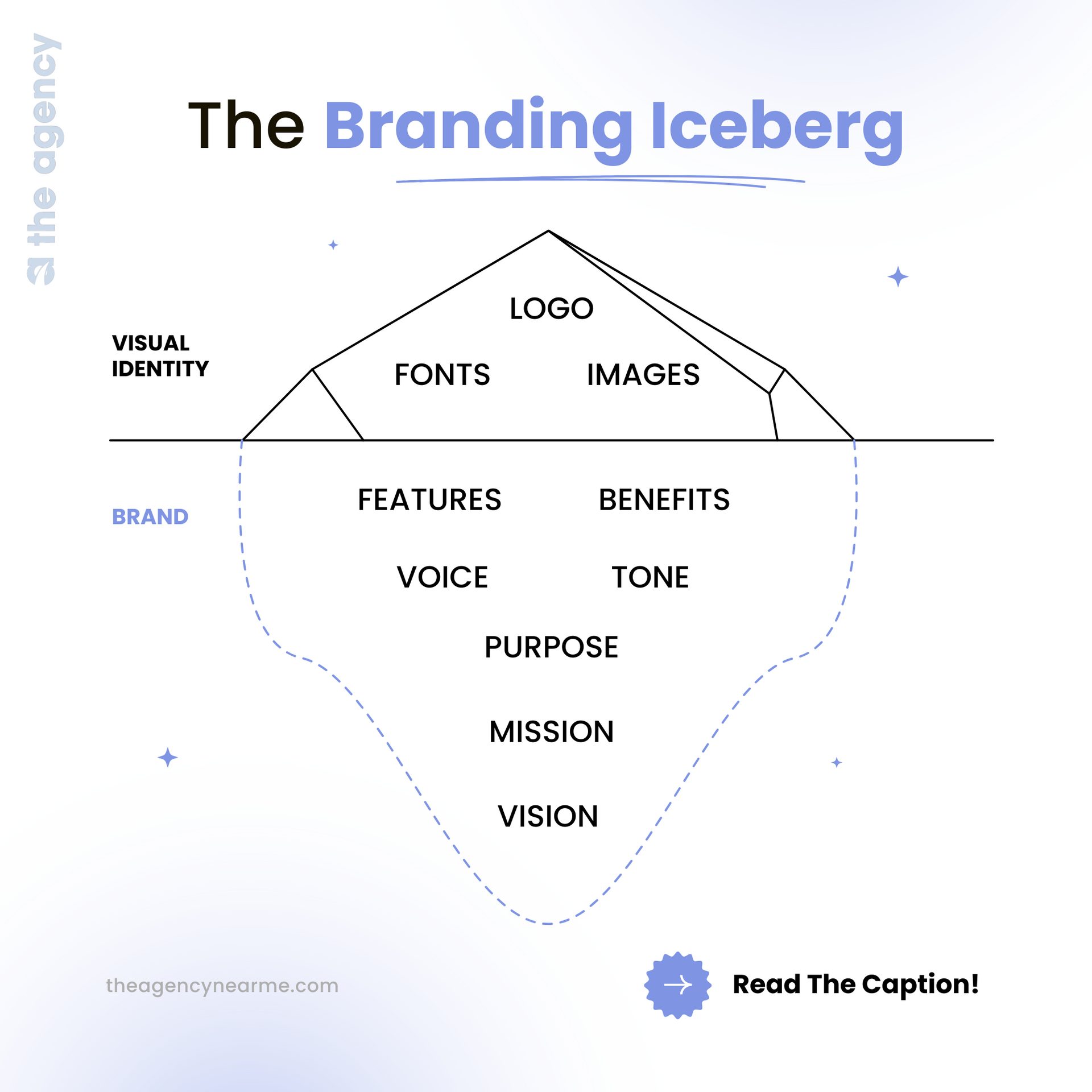
Listen to a summary and discussion of this article.
When you think about a brand, what do you picture? For many people, it is a nice logo or bright colors. These are important parts of brand identity. But is that enough to leave a mark and build brand awareness? The Branding Iceberg model shows us that a successful brand needs more than just these surface-level visual elements. It requires a deeper brand strategy that forms an emotional connection with the target audience. In this article, we will explore the iceberg model. We will look at its two layers and explain how to create a strong brand marketing strategy. This strategy should connect with people and help drive brand loyalty.
Understanding the Branding Iceberg
The Branding Iceberg is a strong way to understand what makes a brand marketing strategy successful. Think of an iceberg. Above the water, you see the visual elements of brand identity, like logos, fonts, and images that help with brand recognition. But below the surface is the core of your brand’s identity. This deeper part includes features, benefits, tone of voice, purpose, the company’s mission, and vision. While these visual elements catch attention and can be highlighted through marketing campaigns such as social media posts, it’s the hidden parts that support your brand marketing efforts and give them meaning. The brand identity is what people see. The brand perception is what they feel and connect with deeply, leading to more customer engagement.
The Visible Layer: Why Visual Identity Matters
Your brand identity is just the beginning. It’s the first thing people notice about your brand name. A logo that is well-designed, likeApple’s simple apple shape, shows innovation and simplicity. This helps increase brand awareness. Coca-Cola’s famous script font brings feelings of nostalgia and warmth. This is a result of consistent brand marketing campaigns. Images also matter. For example, think of Nike’s exciting photos that show energy and movement. They are often shared on social media to boost social media engagement. These visual elements create a strong first impression. They set the tone for how your target market views you. They are often the main part of marketing materials like print ads oremail marketing campaigns. However, visuals alone cannot keep a successful brand going. A pretty logo without a strong foundation is like a shiny ship without an anchor. It will get lost in the storm of competition and will not build loyal customers.
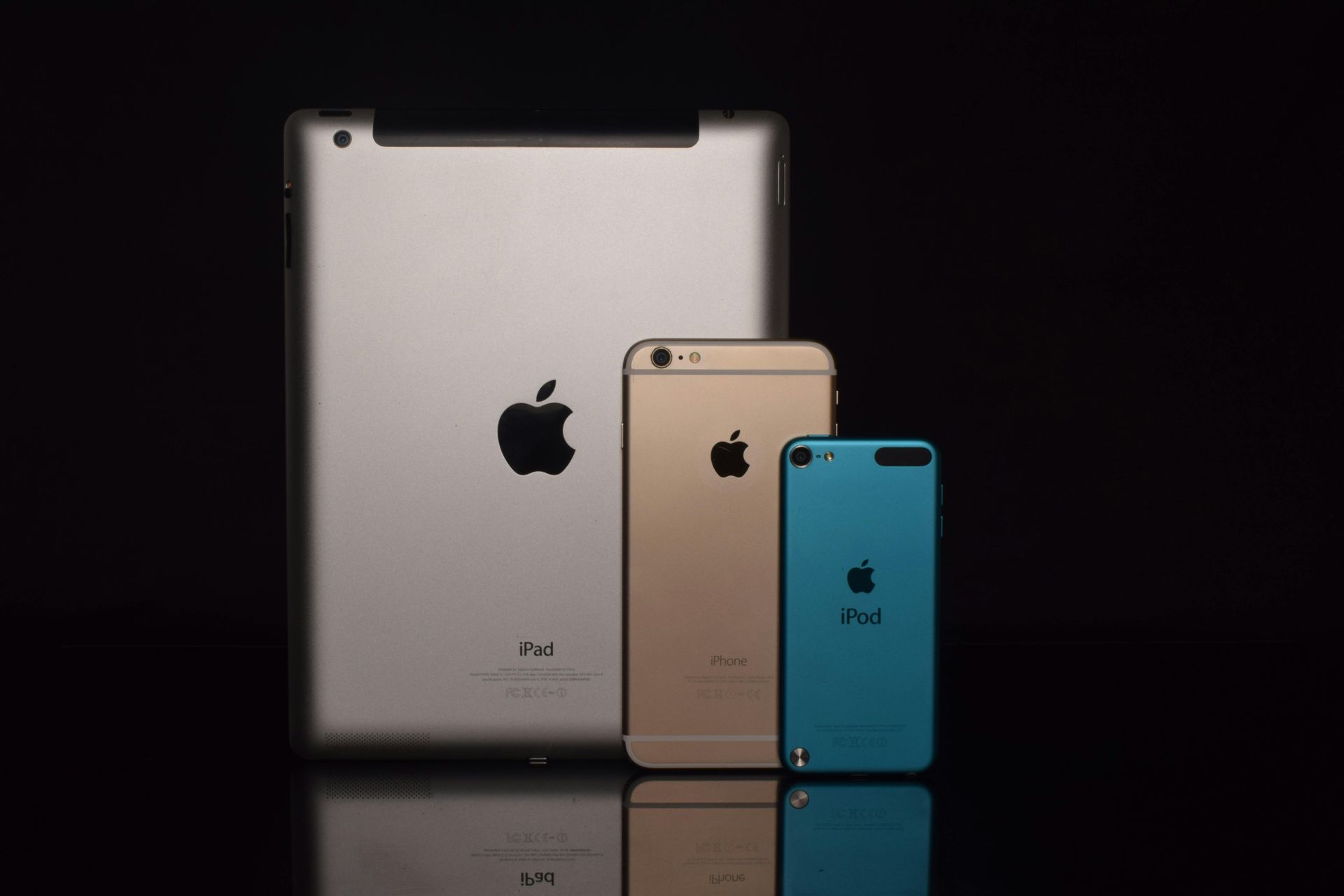
The Hidden Layer: The Core of Your Brand
Below the surface, the main parts of your brand marketing strategy provide strength and endurance. This is important for building brand awareness and brand equity. Let’s look at these elements closely:
- Features and Benefits: What does your brand name give, and why is it important to potential customers? A skincare brand might talk about natural ingredients (feature) that help reduce irritation (benefit). This is a key part of product marketing.
- Tone of Voice: This shows how your brand talks in its marketing efforts. A fun and quirky tone of voice, like Wendy’s on social media, connects emotionally with a younger target audience. A professional tone, like that of a law firm, makes sure the right message is shared.
- Purpose, Mission, and Vision: These explain the "why" behind your brand marketing. Purpose is why you exist, like TOMS’ promise to give back, which shines in their content marketing. The company’s mission outlines your goals, such as Google's goal to "organize the world’s information," often shown in their marketing strategy. Vision is about looking to the future and showing the impact you want to make to guide your brand guidelines.
These parts build trust, create brand loyalty, and help you stand out. They are why potential customers pick you over a competitor with a eye-catching logo. This enhances customer experience and boosts customer engagement.
The Risks of Ignoring the Iceberg’s Base
Focusing just on how things look is asking for trouble in brand marketing. A strong brand strategy is important. Without it, your brand perception won’t feel deep. This can cause customers to feel disconnected and lead to weak brand loyalty. A good example is Juicero, a startup that launched a $400 juicer in 2016. The juicer looked great, but the company had no clear mission or unique value. People quickly found out they could just squeeze the juice packs by hand. The company closed down within a year. This is a lesson for small businesses in marketing. If your brand identity doesn’t connect with something meaningful, your marketing efforts feel empty. Potential customers can feel when something isn’t real. If that happens, they won’t stay, which can hurt key performance indicators like retention rates and social media engagement.
How to Build a Balanced Brand Using the Iceberg Model
Creating a successful brand marketing plan requires attention to the two main parts of the iceberg. Here is how to develop a solid brand marketing strategy:
- Step 1: Define Your Core
Start by understanding your purpose, company’s mission, and vision. Ask yourself: Why does your brand name exist? What problem do you solve? Use market research, like focus groups or customer feedback, to improve these elements. Make sure they connect with your target audience.
- Step 2: Develop Your Tone of Voice
Create a tone of voice that fits your brand guidelines and speaks to your target market. If you want to reach Gen Z, use a fun, casual tone for your social media posts. For corporate clients, keep your tone neat and confident in email marketing.
- Step 3: Highlight Features and Benefits
Find out what makes your brand marketing special. Focus on benefits that tackle real customer problems. For example, a budgeting app’s auto-tracking (feature) helps save users time (benefit), which is important in product marketing for new products.
- Step 4: Create a Cohesive Visual Identity
Design your logo, fonts, and images to match your core message. Keep things consistent across your marketing materials. If your company’s mission is about sustainability, use earthy colors and natural pictures in marketing campaigns to support that message and improve brand recognition.
- Step 5: Test and Iterate
Start testing your strategies. Collect data on how well your brand message resonates with your audience through retention rates and social media engagement metrics. Utilize A/B testing for various campaigns to determine which approaches yield the best results. Gather insights from customer interactions to refine your methods continually.
Case Studies: Brands That Mastered the Iceberg
Some successful brands have found a great mix of visual elements and core aspects. This creates strong brand marketing. Patagonia is really good at what they do. Their simple mountain logo shows their love for nature. Their company's mission to "save our home planet" is key to everything they do. This includes new products that are eco-friendly and activism shared through content marketing. Customers not only buy Patagonia gear; they join a movement and often become brand ambassadors at special events.
Another example is Nike. They started with a focus on performance but have grown into a wider vision of empowerment. Their slogan "Just Do It" and bold visual elements match their company's mission to inspire everyone to push their limits. This message is amplified through performance marketing and a strong social media presence. These brands show that success comes from a clear brand marketing strategy. Good customer service also helps build loyal customers.
The Branding Iceberg shows us that effective brand marketing is more than just a nice logo. It is based on a clear purpose, the company’s mission, and values that connect with the target audience. When you balance your brand identity with something meaningful, you build a successful brand. This brand can create strong brand loyalty and increase brand equity over time.
To get started, focus on defining your brand’s identity. Make sure your marketing efforts, like content marketing and email marketing, reflect this identity. A good brand marketing strategy is not only seen; it is also felt. It helps boost brand awareness and growth, which is important for small businesses. Need help with your brand? Schedule a free consultation, we're here to help.
Frequently Asked Questions
What are the components of branding that lie beneath the surface?
The key parts of branding that are not always visible include your brand's purpose, mission, and vision. These parts make up its main identity. The voice and tone help build emotional connections with people. The features and benefits show what makes your brand important to customers.
How can businesses effectively communicate the deeper aspects of their brand to their audience?
Businesses can showcase the main parts of their brand more effectively. They can do this by aligning their messages with their core values. Storytelling can also be a big help. It is really important to keep things consistent on all platforms. Sharing genuine stories that touch people’s feelings builds loyalty. A brand that understands its purpose can enhance brand recognition.
What role does consumer feedback play in shaping a brand's identity?
Consumer feedback is really important for making a brand better. It shows what customers feel about the brand. This feedback helps us link the brand's core values to its visual elements. By doing this, we can create stronger relationships and ensure the brand truly connects with its audience.
How does a brand's internal culture impact its external perception?
A brand’s culture has a big effect on how workers behave. It also affects how they connect with customers. When employees believe in the brand’s values, they build trust and feel real. This changes how people view the brand. A strong and united culture increases customer loyalty and helps to strengthen relationships with them.
